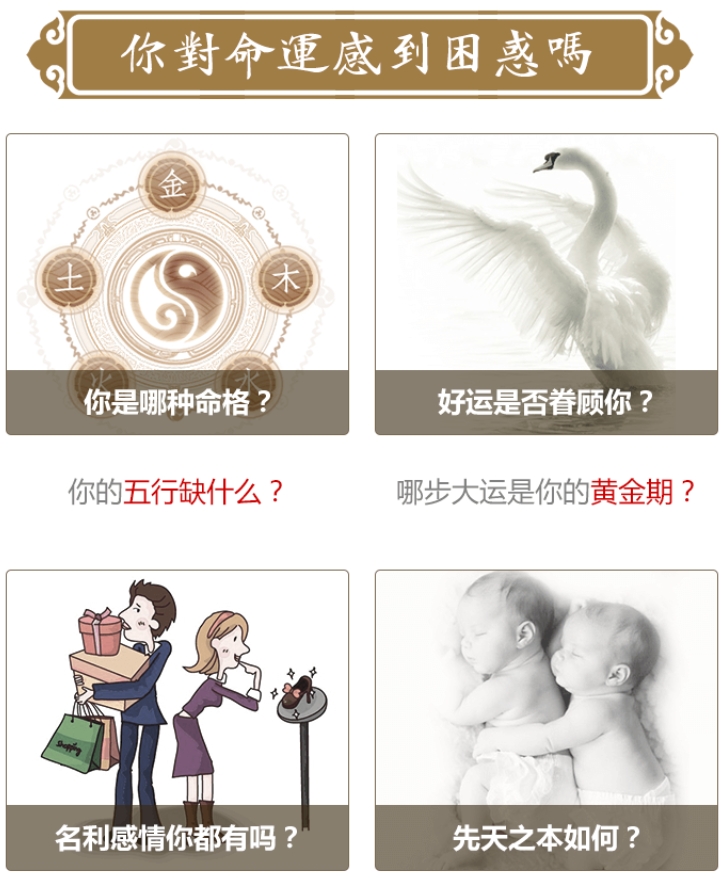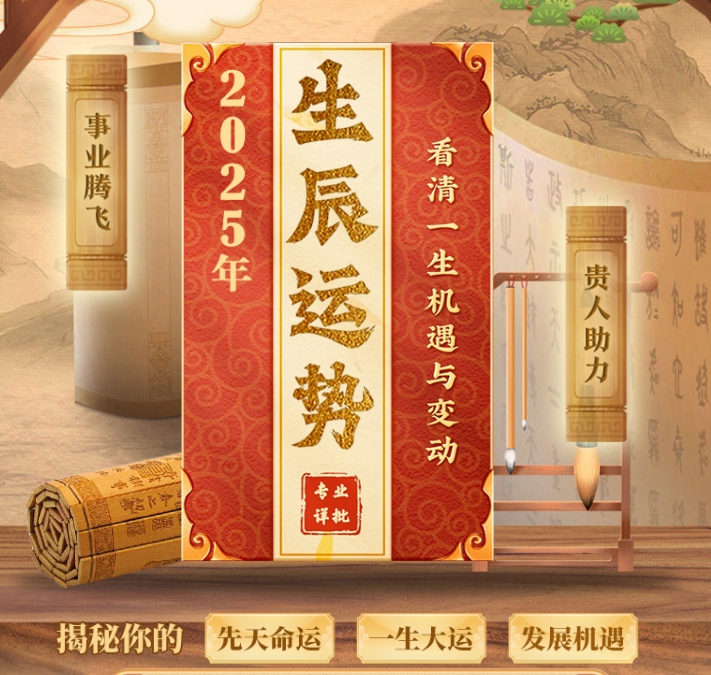November 22nd in English: Date & Pronunciation Guide, How to Say It Correctly, Writing Formats Explained
November 22nd holds significance in various contexts, from historical events to personal milestones. When writing or speaking about this date in English, it's essential to understand the correct formats and pronunciation. The ordinal indicator "nd" is crucial when writing the date, distinguishing it from cardinal numbers. Many non-native speakers struggle with the subtle difference between "twenty-two" and "twenty-second" in pronunciation. This guide will explore all aspects of expressing November 22nd in English, including regional variations, common mistakes to avoid, and practical examples for different situations.
There are three primary ways to write November 22nd in English, each serving different purposes:
The most formal version includes the year: "November twenty-second, two thousand twenty-three" or "the twenty-second of November, two thousand twenty-three." British English typically places the day before the month, while American English usually puts the month first. In numerical formats, Americans write 11/22/2023, whereas British usage is 22/11/2023, which can cause confusion in international communication.
Correct pronunciation of "November 22nd" requires attention to several phonetic elements. The standard pronunciation is "noh-VEM-ber TWEN-tee-SEK-und," with stress on the capitalized syllables. Common mispronunciations include:
In connected speech, native speakers often reduce "twenty-second" to "twenny-second" or even "twenny-sec'nd" in casual conversation. The "th" in "twenty" is frequently pronounced as a "t" sound, especially in American English. When saying the full date with year, the rhythm should flow naturally: "November twenty-second, twenty twenty-three."
November 22nd marks several important historical events that have shaped how we remember this date. The most notable is the assassination of President John F. Kennedy in 1963, an event so significant that many Americans simply refer to it as "11/22." Other historical occurrences on this date include:
These events contribute to the cultural weight of November 22nd in English-speaking countries. When discussing historical events, it's particularly important to use the correct date format to avoid confusion, especially in academic or journalistic contexts where precision matters.
Many learners of English make predictable errors when writing or saying November 22nd. The most frequent mistakes include:
Another common error is writing "November 22th the correct ordinal indicator is always "nd" for numbers ending in 2 (except 12, which is "th"). In speech, some non-native speakers stress the wrong syllables in "November," placing emphasis on the first syllable instead of the second.
English speakers around the world express dates differently, and November 22nd is no exception. Key regional differences include:
In informal contexts, Americans might say "eleven twenty-two" when referring to November 22nd, especially when the month is understood from context. British speakers sometimes write "22nd Nov" in casual correspondence. These variations highlight the importance of knowing your audience when communicating dates.

The way we write or say November 22nd varies significantly between formal and informal contexts. In formal writing, such as legal documents or academic papers, the full written form is preferred: "the twenty-second day of November, two thousand twenty-three." Informal situations, like text messages or personal notes, allow for much greater flexibility:
Speech follows similar patterns formal occasions demand clear enunciation of "November twenty-second," while friends might say "See you on the twenty-second" or even just "the twenty-two" in very casual conversation. Business emails typically use a middle ground, such as "November 22nd" without the year unless necessary.
Certain situations require particular attention when expressing November 22nd. In military and aviation contexts, the date is written "22 NOV" in all capital letters to prevent misinterpretation. When the date appears in titles or headings, style guides may recommend omitting the ordinal indicator: "Conference on November 22." Other special cases include:
In date ranges, November 22nd might appear as "November 22-24" or "from the 22nd to the 24th of November." The "nd" is typically only used with the first number in such ranges.
Improving your pronunciation of November 22nd requires targeted practice. Try these exercises:
Pay special attention to the "v" sound in November, which doesn't exist in many languages. The "ember" ending should rhyme with "member," not "number." For the ordinal, ensure you're saying "second" (like the unit of time), not "two." Many pronunciation issues stem from transferring native language sound patterns to English.
November 22nd appears frequently in popular culture, often tied to the JFK assassination. Notable references include Stephen King's novel "11/22/63" and numerous documentaries titled "November 22, 1963." The date's cultural weight affects how it's presented:
This cultural significance means November 22nd is sometimes said with particular gravity in English speech, with slower pacing and clearer enunciation when referring to the Kennedy assassination. Other events on this date receive more standard treatment in pronunciation and formatting.
When teaching how to say and write November 22nd, educators should emphasize several key points. Effective teaching strategies include:

Visual aids showing the written forms side by side can help, as can audio recordings demonstrating proper pronunciation. Role-playing exercises where students must write or say the date in different scenarios (job interview, text to friend, academic paper) build versatility. Common errors should be addressed directly through corrective feedback and repetition.
The digital age has created new conventions for expressing November 22nd. In emails, the date often appears in the subject line as "Meeting Nov 22" or "11/22 Update." On social media, hashtags like November22 or 1122 are common. Other digital formats include:
Autocorrect features sometimes mistakenly change "22nd" to "22th," so proofreading is essential. In international digital communication, it's often safest to spell out the month to avoid confusion between American and British numerical formats. Time zones may also require clarification when scheduling across regions.
Academic and literary treatments of November 22nd follow specific conventions. In historical writing, the date typically appears fully written out: "On November twenty-second, nineteen sixty-three..." Footnotes and citations might use abbreviated forms like "22 Nov. 1963." Key considerations include:
Literary works may take creative liberties, using November 22nd symbolically or altering its presentation for stylistic effect. In academic papers about the Kennedy assassination, the date often appears with special formatting (bold, italics) when first introduced. Primary sources from 1963 might show period-typical dating conventions worth preserving in quotations.
Professional settings demand particular care when writing November 22nd. In international business, clarity trumps brevity 22 November 2023" is often safest. Meeting minutes typically record dates as "November 22, 2023" for permanence. Other business contexts include:
Email signatures should match the company's standard date format. When scheduling across time zones, including the day of week helps prevent confusion: "Wednesday, November 22." Business travelers should confirm date formats when making international arrangements, as hotel bookings or conference registrations might interpret "11/22" differently depending on the country.
Writing November 22nd in letters, cards, and personal notes follows different conventions than formal writing. Handwritten letters often begin with "November 22, 2023" or "22nd November 2023" at the top. Birthday cards might say "Happy November 22nd!" or "Wishing you joy on the 22nd!" Common personal uses include:
In personal digital communication, emoji sometimes accompany the date, like 📅 11/22. While formal writing requires consistency, personal correspondence allows for more creative expression with dates. Some individuals develop their own shorthand, like "N22" among close friends or family who understand the reference.
Technical documents handle November 22nd with precision to avoid ambiguity. Software documentation might use "2023-11-22" (ISO 8601 format) for sorting and searching. Scientific papers often put dates in parentheses: "(November 22, 2023)." Technical considerations include:

Programming languages typically require specific syntax for dates, like DateTime(2023, 11, 22) in Python. Technical writers must decide whether to spell out November or abbreviate it based on space constraints and audience needs. In tables with chronological data, consistency in date formatting is critical for readability and accurate interpretation.
Legal contexts demand the most precise expression of November 22nd. Contracts typically use "this 22nd day of November, 2023" or "dated as of November 22, 2023." Court filings follow strict jurisdictional rules for date formatting. Key legal considerations include:
The year is always included in legal documents, often spelled out for additional clarity. Notarizations include the date in specific formats required by jurisdiction. Errors in date formatting can sometimes invalidate legal documents, making this one context where November 22nd must be expressed with absolute precision.
Beyond the Kennedy assassination, November 22nd marks numerous notable occurrences worth remembering. In science, November 22, 1896, saw the first US intercollegiate basketball game. In entertainment, The Beatles released "I Want to Hold Your Hand" on this date in 1963. Other memorable events include:
These events demonstrate how November 22nd appears across diverse historical contexts. When referencing these events, the date format should match the style of the overall content academic works use more formal dating than popular history articles. The variety of significant November 22nd events makes it a useful date for teaching historical chronology.
World Englishes present fascinating variations in expressing November 22nd. Indian English often follows British conventions but may say "22 November" more frequently than "the 22nd of November." Singaporean English might use "22 Nov" in both speech and writing. Other varieties include:
These differences extend to pronunciation while Americans emphasize the second syllable of November, some varieties stress the first. The ordinal "second" might sound more like "sekun" in rapid speech. Understanding these variations helps in international communication where dates frequently appear in business, travel, and diplomatic contexts.
Mastering November 22nd in English requires understanding its written forms, pronunciation, and contextual variations. Whether you're scheduling a meeting, writing a historical paper, or simply noting a friend's birthday, choosing the appropriate format demonstrates language proficiency and cultural awareness. The date serves as an excellent case study in how English handles ordinals, pronunciation challenges, and international communication differences. From formal legal documents to casual text messages, November 22nd adapts to its context while maintaining core elements that make dates comprehensible across English varieties worldwide.